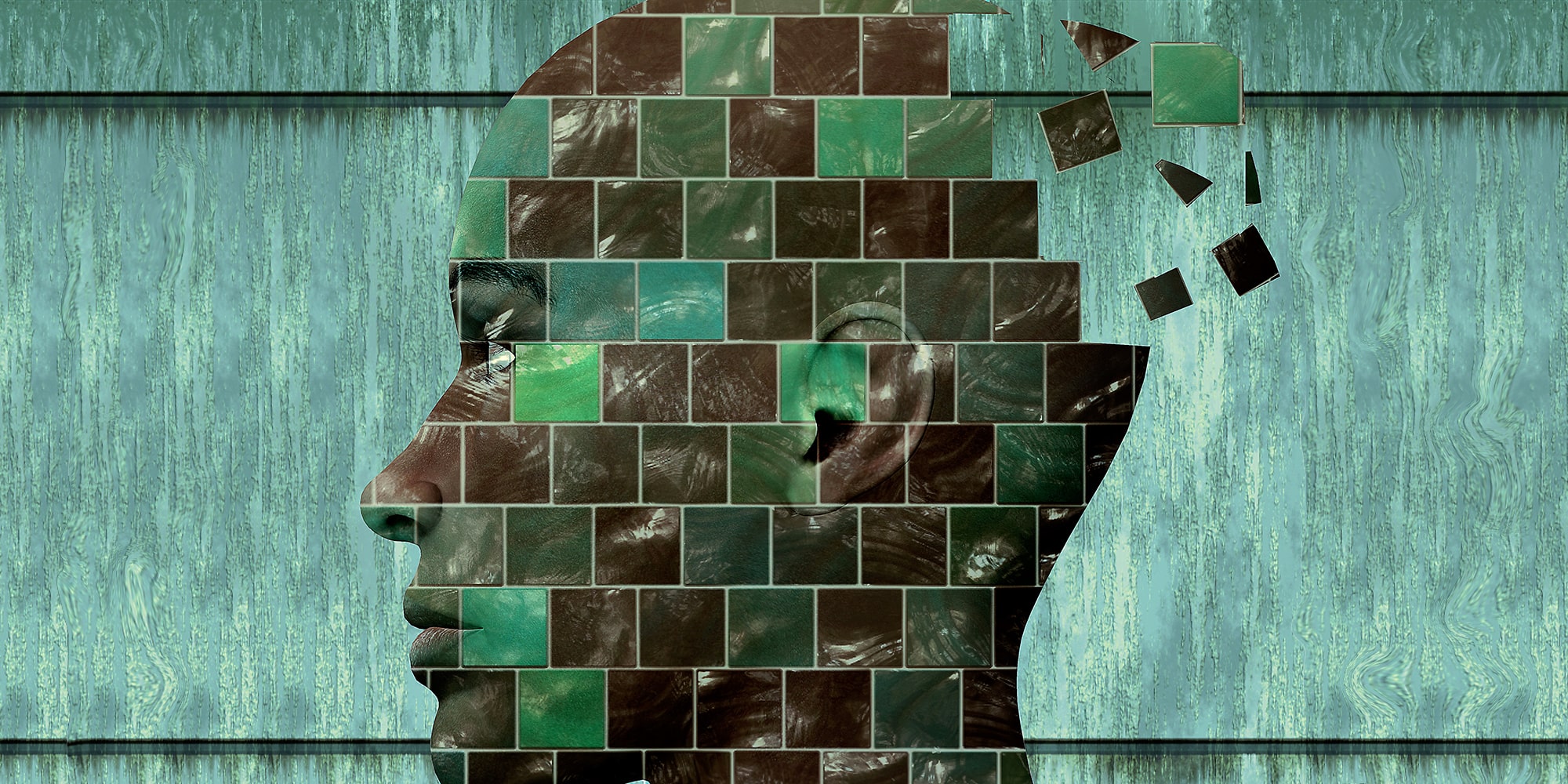
Psychosynthesis experiences – 1
The multiplicity of the psyche
The first experience on the Psychosynthesis path is that of acknowledging the richness and multiplicity of the human psyche. Assagioli thought that within us there exist a multiplicity of heterogeneous elements and contrasting tendencies, which account for the great complexity, suffering, instability and contradictions within the human soul. He identified the following categories:
- First of all, there is the complexity derived from our primordial past fruit of our phylogenetic selection and evolution;
- We then find elements from the more or less distant past: our ancestral heritage as members of the human race and the family heritage coming from our parents and extended family;
- In addition to these elements determined by the past, we need to consider the broad range of factors relating to external influences (biological, psychological, cultural):
- Various environmental factors
- In uterus, and perinatal psychic factors
- Early childhood psychic factors
- Zeitgeist
- Race
- Nationality
- Social background and class
- Psychological influence of groups to which the individual is affiliated
- Generational mind-set
- Influence of strong personalities within the individual’s close circles or celebrities, powerful people the serving as aspirational models.
All these factors should not be considered as separate. Indeed, by virtue of the synthesising principle governing both intrapsychic and interpersonal dynamics, these aspects tend cluster and organise themselves into veritable miniature personalities, or subpersonalities.
Subpersonalities comprise the whole range of roles, characters or masks we use to relate to others. For each role, we tend to develop specific modes of being that we experience:
- at an embodied level (with physical states, tensions, blocks, and muscular armours)
- at a behavioural level (with specific gestures, facial expressions, postures, verbal and non-verbal communications)
- at an emotional level (with certain moods, emotional reactions, feelings, affective experiences, needs and expectations)
- at a cognitive level (with different interpretations of reality, ideas, opinions, thoughts, beliefs and convictions).
To gain a concrete sense of this inner multiplicity, we may think of the various ways in which we engage with different people and different environments. We are not the same when we are with our family as when we are with friends in a bar, when shopping in a supermarket, or while attending a solemn ceremony. In each of these situations, we activate different modes of being, different subpersonalities. For example:
- within the family context, we might have the role of child, mother/father, grandparent, uncle/aunt, godparent…
- within the social context subpersonalities vary depending on the people and groups we are involved in (the parishioner, the scout, the intellectual, the athlete, the fan, the psychosynthesist, the Buddhist…)
- within the professional domain, we may have more or less defined roles (the artist, the doctor, the factory worker, the psychologist, the unemployed, the manager, the homemaker…)
- in our psyche we find also subpersonalities linked to the different inner ages (the child, the adolescent, the youth, the adult, the elder)
- finally, subpersonalities may stem from psychological or characterological situations, such as our physical appearance, our fears and sorrows, our assets and qualities (depending on the individual, we may have the Spartan, the worrywart, the seductress, the gourmet, the Florence Nightingale subpersonality, the angry, obsessive, hysterical, delirious or depressed subpersonalities…)
The list could go on and on, but what I wish to underline is that the first fundamental experience in Psychosynthesis is the discovery of all these characters, of our various subpersonalities. Some subpersonalities, those we can easily recognise, will live in our middle unconscious: they are the habitual roles that we play in our day-to-day. Others may relate to aspect of ourselves that are underdeveloped, these may be those difficult or troubled parts of us that we do not accept and that, due to a sense of guilt, shame, or fear, we tend to relegate to the cellar of the lower unconscious. Finally, there are subpersonalities that relate to our potential, our talents, our highest qualities and aspirations; these are like seeds and tender buds germinating in the attic of the higher unconscious.
For more:
- The Way of Psychosynthesis, Synthesis Insights (Part 4, Ch. I) – Buy now
- Know, Love, Transform yourself, Psychosynthesis books (Part 2 – Ch. 5)
– Know, Love, Transform yourself (Vol. I) – Buy now
– Know, Love, Transform yourself (Vol. II)– Buy now
